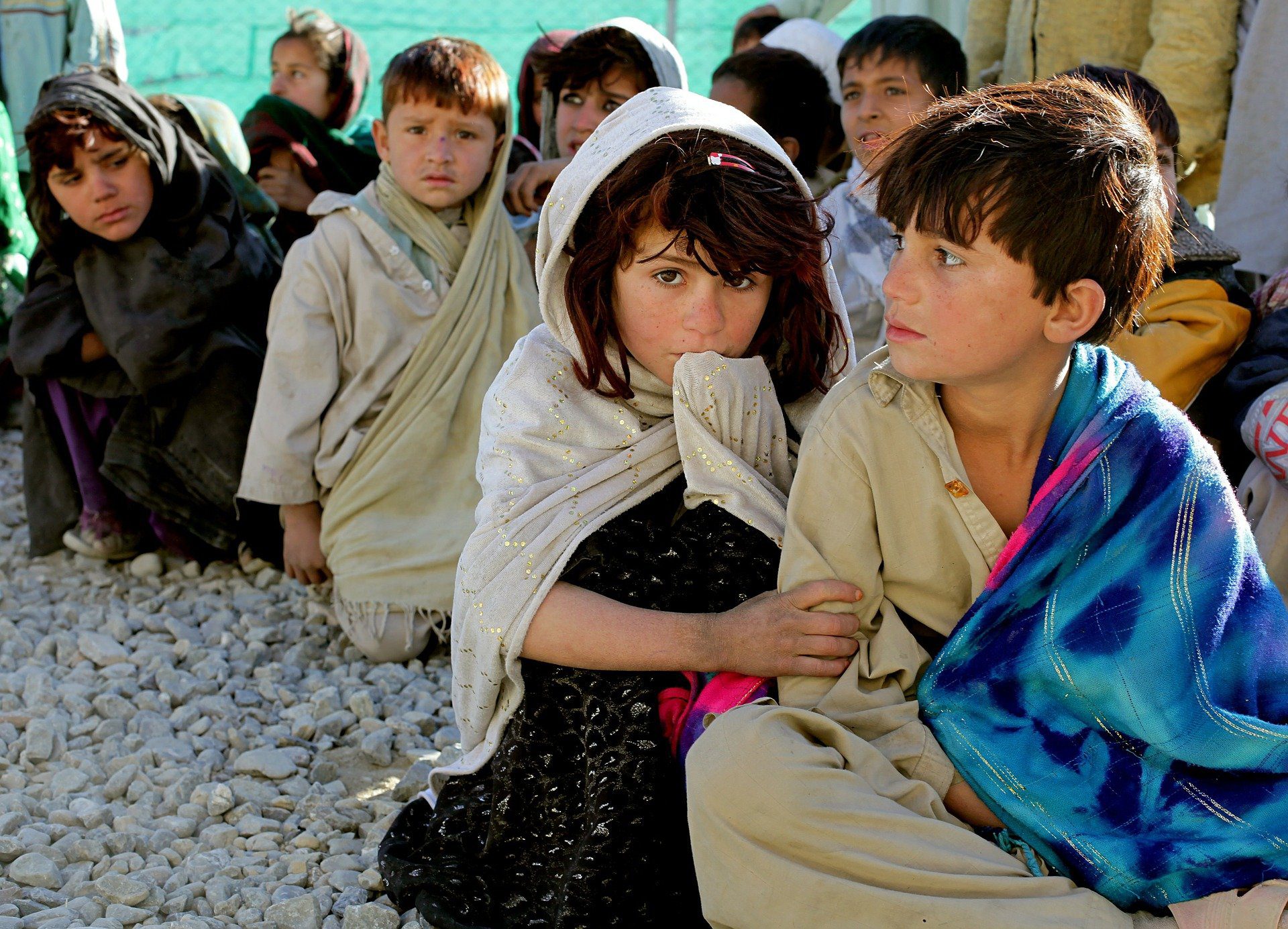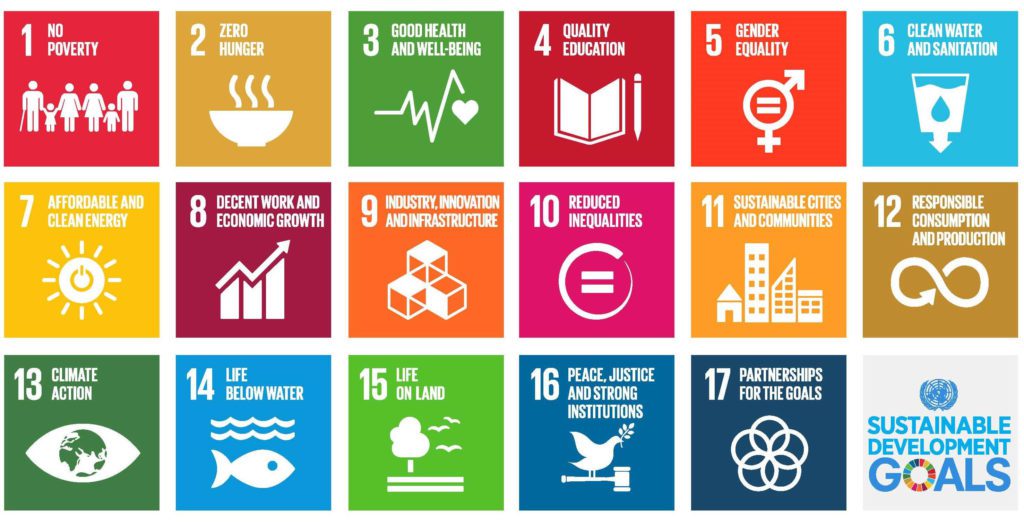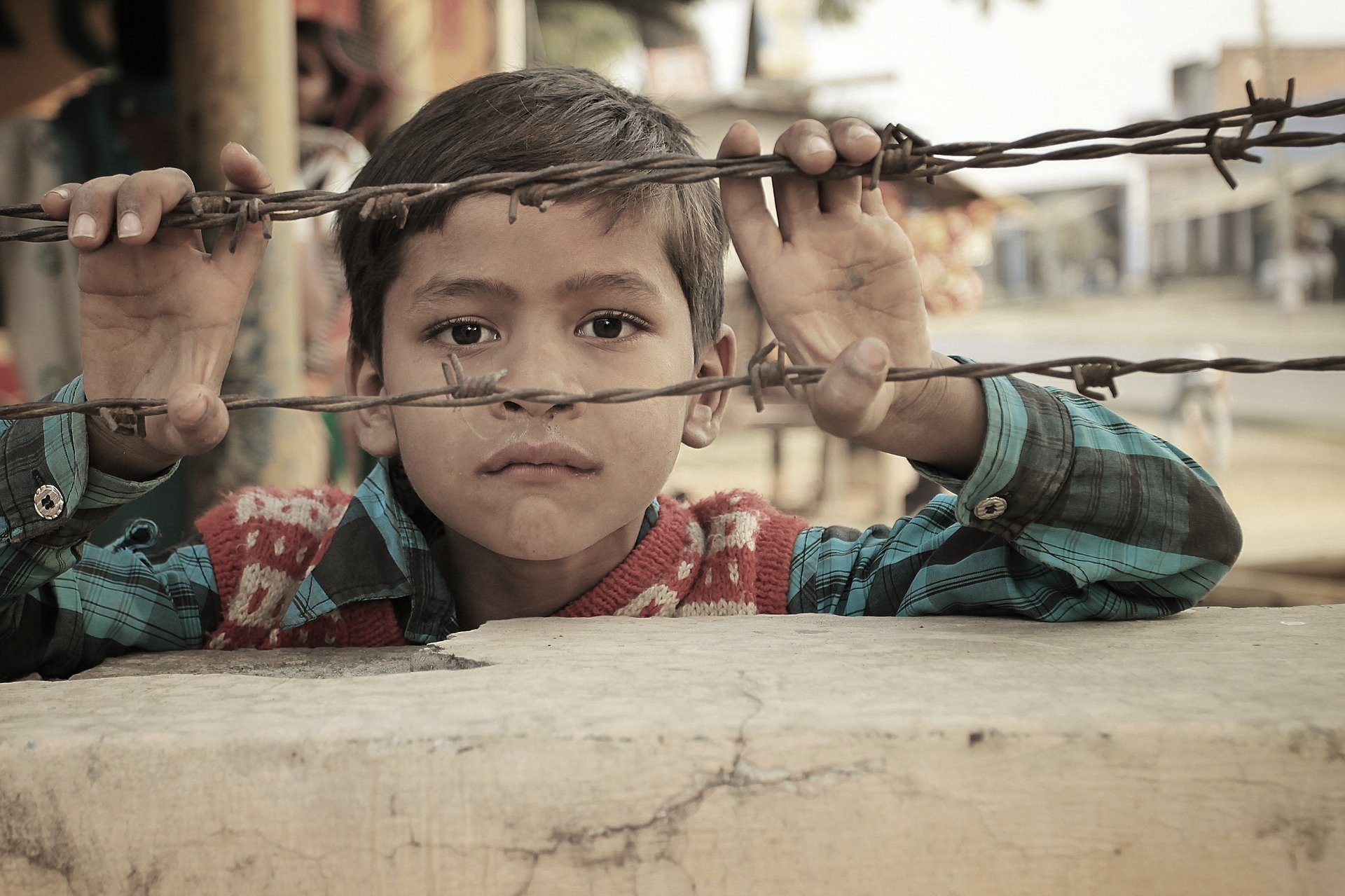
What are the Sustainable Development Goals?
In 2015, world leaders met to discuss an agenda for sustainable development. They came up with 17 Sustainable Development Goals (SDGs) to reach by 20301. These goals, that apply universally, are in place with the aim to end all forms of poverty, fight inequalities and tackle climate change, ensuring that no one is left behind.
The SDGs build on the success of the Millennium Development goals2, which range from halting the spread of aids to providing universal primary education. They were very successful and a great blueprint for the sustainable development goals. The consequent new goals call for action from all countries to promote prosperity while protecting the planet.
Sustainable Development goals are not legally binding; however, the United Nations expect government to create plans and take responsibility to work towards the SDGs within their own countries. Success of these goals relies on countries own sustainable development plans.
How do the Sustainable Development Goals relate to poverty and what is being done?
Goal One
The first two goals in the list relate directly to poverty. They are difficult goals to achieve, however, it is important to try anyway.
Firstly, sustainable development goal number one is to “End poverty in all its forms everywhere”. Poverty is measured as people living on less than $1.25 a day3. Within this goal there are 7 targets4. These include implementing social protection systems as well as equal rights to economic resources. In the United Kingdom, the government has been focusing on reducing homelessness. They are doing this by increasing the help available to those at risk of homelessness, promoting a fairer labour market; supporting those who are disadvantaged and improving Universal Credit.
Between 2010 and 2015, poverty had decreased globally from 15.7% to 10%. However, since then it has slowed dramatically. In 2019, it was at 8.2%5. Since then, poverty has increased due to the many implications of the pandemic. COVID-19 caused the first increase in global poverty in decades. In 2020 over 71 million people have been pushed into extreme poverty6. Natural disasters are also continuing to exacerbate poverty. Many people see their homes, or their livelihood destroyed, and the economic loss has been high.
Goal Two
The second sustainable development goal is to “End hunger and achieve food security and improved nutrition and promote sustainable agriculture.” across the world. In 2018, 26.4% of the population were affected by moderate or severe food insecurity7. In 2019, 144 million children under 5 were stunted (have been prevented from developing properly) and 47 million were affected by wasting (muscle and fat tissue ‘waste’ away)8. This again relates directly to poverty as it tends to be adults and children who cannot afford necessities who are suffering from hunger.
Some of the 8 targets9 include addressing malnutrition in children, doubling agricultural productivity and incomes of small-scale food producers. They also include creating and implementing sustainable food production systems. In the United Kingdom, the government has created four general actions to achieve these goals10. For example, these includes a sustainable model of food production by working alongside the Food Standards Agency. Furthermore, promoting healthy lives and strengthening the Global Financing Facility. Recently, the pandemic has had implications on the progress of this goal. As well as this, conflict and climate shocks, many people have no access to food. Additionally, small-scale food producers are suffering. In developing regions, about 40-85% of all food producers have been compromised11.
The total number of people suffering from severe food insecurity has been on the rise since 2015. Due to the pandemic, around 370 million schoolchildren are missing the free school meals that they rely on12.
What is Poverty Child doing?
Our focus has always been on helping improve life for vulnerable children affected by urban poverty, delivering programmes aimed at getting poverty children to think differently about their life chances. However, we also recognise that the issue of poverty is complex and needs breaking down so that it can be more easily understood, which is why we also work on raising awareness of the wider issues here on our website.
To help the work that Poverty Child do, you can donate and/or volunteer. There are many ways to donate, including by recycling your unwanted items with us.
The 17 Sustainable Development Goals are:
- End poverty in all its forms everywhere.
- End hunger, achieve food security and improved nutrition and promote sustainable agriculture.
- Ensure healthy lives and promote wellbeing for all at all ages.
- Ensure inclusive and equitable quality education and promote lifelong learning opportunities for all.
- Achieve gender equality and empower all women and girls.
- Ensure availability and sustainable management of water and sanitation for all.
- Ensure access to affordable, reliable, sustainable, and modern energy for all.
- Promote sustained, inclusive, and sustainable economic growth, full and productive employment, and decent work for all.
- Build resilient infrastructure, promote inclusive and sustainable industrialisation and foster innovation.
- Reduce inequality within and among countries.
- Make cities and human settlements inclusive, safe, resilient, and sustainable.
- Ensure sustainable consumption and production patterns.
- Take urgent action to combat climate change and its impacts.
- Conserve and sustainably use the oceans, seas and marine resources for sustainable development.
- Protect, restore and promote sustainable use of terrestrial ecosystems, sustainably manage forests, combat desertification, and halt and reverse land degradation and halt biodiversity loss.
- Promote peaceful and inclusive societies for sustainable development, provide access to justice for all and build effective, accountable and inclusive institutions at all levels.
- Strengthen the means of implementation and revitalize the global partnership for sustainable development.
- The Sustainable Development Goals (United Nations)
- The Millennium Development Goals (United Nations)
- Goal 1 (United Nations)
- Targets of Goal 1 (United Nations)
- Overview of Goal 1 (United Nations)
- Overview of Goal 1 (United Nations)
- Goal 2 (United Nations)
- Overview of Goal 2 (United Nations)
- Targets of Goal 2 (United Nations)
- United Kingdom Targets (Gov.co.uk)
- Overview of Goal 2 (United Nations)
- Progress of Goal 2 (United Nations)


